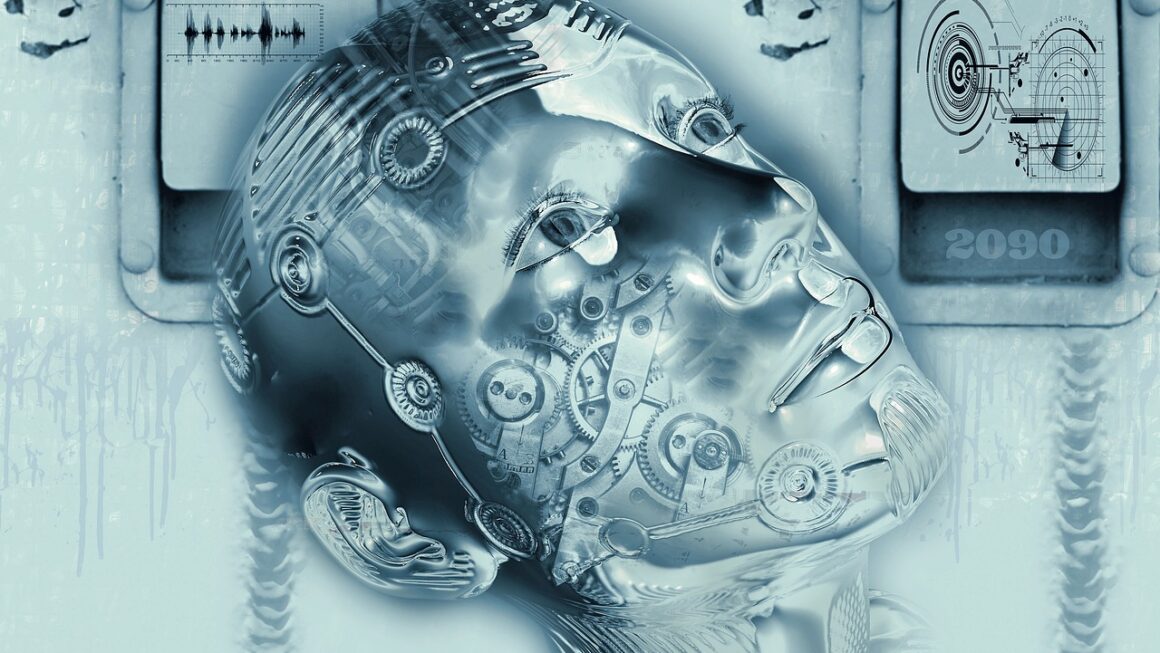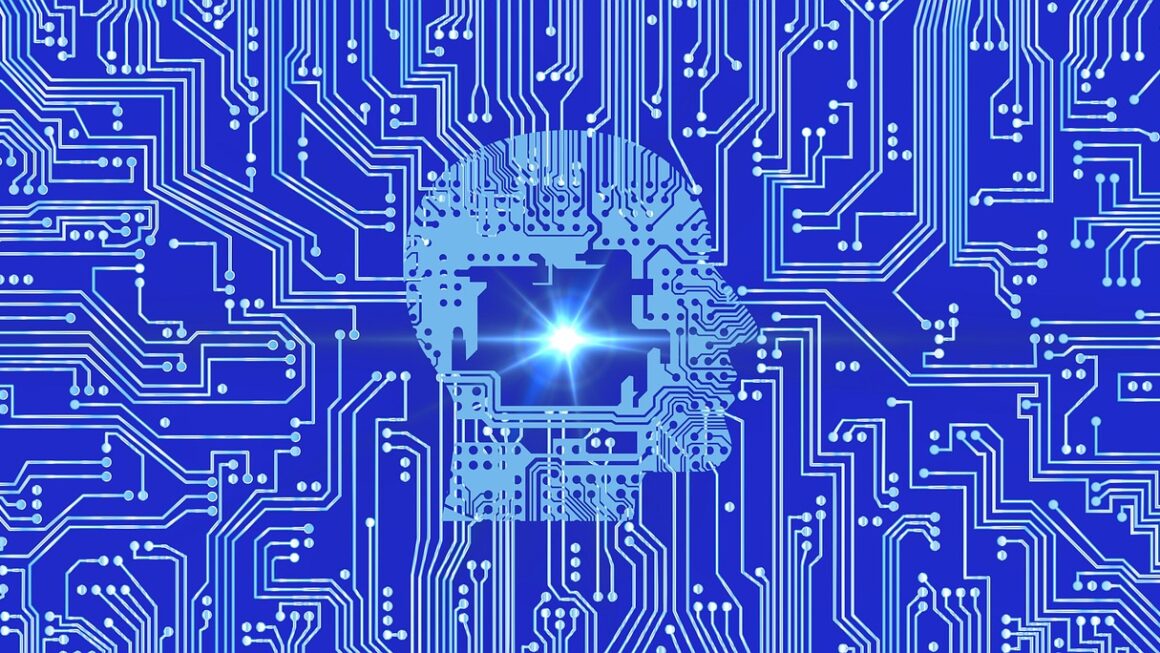The realm of autonomous systems, often envisioned in science fiction, is rapidly becoming a tangible reality. From self-driving cars navigating complex city streets to sophisticated robots performing intricate tasks in manufacturing plants, these systems are poised to revolutionize industries and reshape our daily lives. This article delves into the intricacies of autonomous systems, exploring their definition, components, applications, and the challenges and opportunities they present.
What are Autonomous Systems?
Defining Autonomy
At its core, an autonomous system is a machine or device that can perform tasks independently without explicit human control. This independence relies on the system’s ability to:
- Perceive its environment through sensors (cameras, lidar, radar, etc.)
- Process information and make decisions using algorithms and artificial intelligence.
- Act upon its decisions through actuators and other mechanisms.
- Learn and adapt to changing conditions through machine learning.
The level of autonomy can vary, ranging from systems requiring occasional human intervention (supervised autonomy) to systems capable of operating entirely on their own (full autonomy). Consider a drone delivering packages: it might require human input for initial route planning (supervised) or autonomously adjust its flight path based on wind conditions (full).
Key Components of an Autonomous System
The functionality of an autonomous system hinges on the seamless integration of several essential components:
- Sensors: Gather data about the environment (e.g., cameras for visual information, lidar for distance measurement, microphones for audio input).
- Processors: Analyze sensor data, run algorithms, and make decisions. These often involve powerful CPUs, GPUs, or specialized AI chips.
- Algorithms: Provide the instructions and logic for the system to operate, including path planning, object recognition, and decision-making. Examples include SLAM (Simultaneous Localization and Mapping) for navigation and convolutional neural networks for image recognition.
- Actuators: Execute the system’s decisions by controlling motors, robotic arms, or other mechanical elements. These could be simple motors in a robot vacuum cleaner or complex hydraulic systems in industrial machinery.
- Power Source: Provides the energy needed for all components to function, typically batteries or direct power connections. Power efficiency is a crucial consideration, especially for mobile autonomous systems.
Applications Across Industries
Transportation
Autonomous vehicles (AVs) are perhaps the most widely recognized application of autonomous systems. These vehicles promise to improve safety, reduce traffic congestion, and increase accessibility to transportation.
- Self-Driving Cars: Companies like Tesla, Waymo, and Cruise are developing and testing fully autonomous vehicles. Challenges remain in handling unpredictable situations, extreme weather conditions, and ensuring cybersecurity.
- Autonomous Trucks: Long-haul trucking is a prime target for automation. Autonomous trucks could operate more efficiently, reduce driver fatigue, and lower transportation costs.
- Autonomous Public Transportation: Self-driving buses and shuttles are being deployed in controlled environments, such as university campuses and industrial parks.
Manufacturing
Automation has long been a feature of manufacturing, but autonomous systems are taking it to the next level by introducing greater flexibility and adaptability.
- Robotic Assembly: Autonomous robots can perform complex assembly tasks with precision and speed, reducing the need for manual labor.
- Warehouse Automation: Automated guided vehicles (AGVs) and autonomous mobile robots (AMRs) are used to move goods around warehouses, improving efficiency and reducing errors.
- Quality Control: Autonomous systems equipped with computer vision can inspect products for defects with greater accuracy and consistency than human inspectors.
Healthcare
Autonomous systems are poised to revolutionize healthcare, from robotic surgery to automated drug delivery.
- Surgical Robots: Robots like the Da Vinci Surgical System assist surgeons with complex procedures, enhancing precision and minimizing invasiveness.
- Automated Medication Dispensing: Autonomous systems can dispense medications accurately and efficiently, reducing the risk of errors and improving patient safety.
- Robotic Assistance for the Elderly: Robots can provide companionship and assistance to elderly individuals, helping them to maintain their independence and quality of life.
Agriculture
Autonomous systems are transforming agricultural practices, leading to increased yields and reduced resource consumption.
- Autonomous Tractors: Self-driving tractors can perform tasks such as plowing, planting, and harvesting with greater efficiency and precision.
- Precision Agriculture: Autonomous drones and sensors can collect data about crop health, soil conditions, and weather patterns, enabling farmers to optimize irrigation, fertilization, and pest control.
- Autonomous Harvesting Robots: Robots are being developed to harvest fruits and vegetables, reducing the need for manual labor and increasing harvesting efficiency.
Challenges and Considerations
Ethical Concerns
The development and deployment of autonomous systems raise several ethical concerns.
- Bias in Algorithms: Autonomous systems are trained on data, and if that data is biased, the system will perpetuate those biases in its decision-making.
- Accountability: Determining who is responsible when an autonomous system makes a mistake is a complex legal and ethical issue.
- Job Displacement: The automation of tasks by autonomous systems could lead to job losses in certain industries.
Technical Limitations
Despite significant progress, autonomous systems still face several technical limitations.
- Reliability in Unpredictable Environments: Autonomous systems can struggle to operate reliably in unpredictable environments, such as those with extreme weather conditions or unexpected obstacles.
- Cybersecurity: Autonomous systems are vulnerable to cyberattacks, which could compromise their functionality and safety.
- Data Privacy: Autonomous systems collect vast amounts of data about their environment, raising concerns about data privacy and security.
Regulatory Framework
A clear regulatory framework is needed to govern the development and deployment of autonomous systems.
- Safety Standards: Standards are needed to ensure the safety of autonomous systems and protect the public.
- Liability Laws: Laws are needed to clarify who is liable when an autonomous system causes harm.
- Data Privacy Regulations: Regulations are needed to protect the privacy of data collected by autonomous systems.
The Future of Autonomous Systems
Advancements in AI
The future of autonomous systems is inextricably linked to advancements in artificial intelligence.
- Improved Machine Learning Algorithms: New machine learning algorithms will enable autonomous systems to learn and adapt more quickly and effectively.
- Explainable AI (XAI): XAI will make the decision-making processes of autonomous systems more transparent and understandable.
- Federated Learning: Federated learning will enable autonomous systems to learn from data collected from multiple sources without sharing sensitive information.
Increased Collaboration
Collaboration between humans and autonomous systems will become increasingly common.
- Cobots: Collaborative robots (cobots) are designed to work alongside humans in manufacturing and other settings, enhancing productivity and safety.
- Human-Machine Interfaces: Intuitive human-machine interfaces will make it easier for humans to interact with and control autonomous systems.
- Remote Operation: Humans will be able to remotely operate and monitor autonomous systems in hazardous or inaccessible environments.
Pervasive Autonomy
Autonomous systems will become increasingly pervasive in our daily lives.
- Smart Homes: Autonomous systems will control lighting, temperature, and security in smart homes, increasing comfort and energy efficiency.
- Smart Cities: Autonomous systems will manage traffic flow, optimize energy consumption, and improve public safety in smart cities.
- Personal Assistants: Autonomous personal assistants will provide personalized support and assistance, helping us to manage our schedules, tasks, and information.
Conclusion
Autonomous systems are rapidly evolving and transforming industries across the board. While challenges remain in terms of ethics, technical limitations, and regulation, the potential benefits are undeniable. As AI continues to advance and collaboration between humans and machines becomes more seamless, autonomous systems will become an increasingly integral part of our lives, shaping a future where tasks are performed more efficiently, safely, and sustainably. The key lies in responsible development, thoughtful implementation, and a proactive approach to addressing the ethical and societal implications of this transformative technology.




